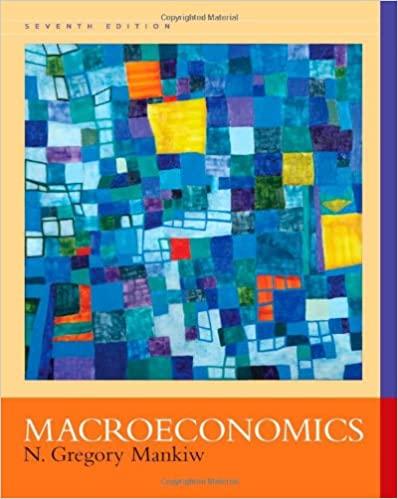1. An economy begins in long-run equilibrium, and then a change in government regulations allows banks to...
Question:
1. An economy begins in long-run equilibrium, and then a change in government regulations allows banks to start paying interest on checking accounts. Recall that the money stock is the sum of currency and demand deposits, including checking accounts, so this regulatory change makes holding money more attractive.
a. How does this change affect the demand for money?
b. What happens to the velocity of money?
c. If the Fed keeps the money supply constant, what will happen to output and prices in the short run and in the long run?
d. If the goal of the Fed is to stabilize the price level, should the Fed keep the money supply constant in response to this regulatory change? If not, what should it do? Why?
e. If the goal of the Fed is to stabilize output, how would your answer to part
(d) change?
Step by Step Answer:







